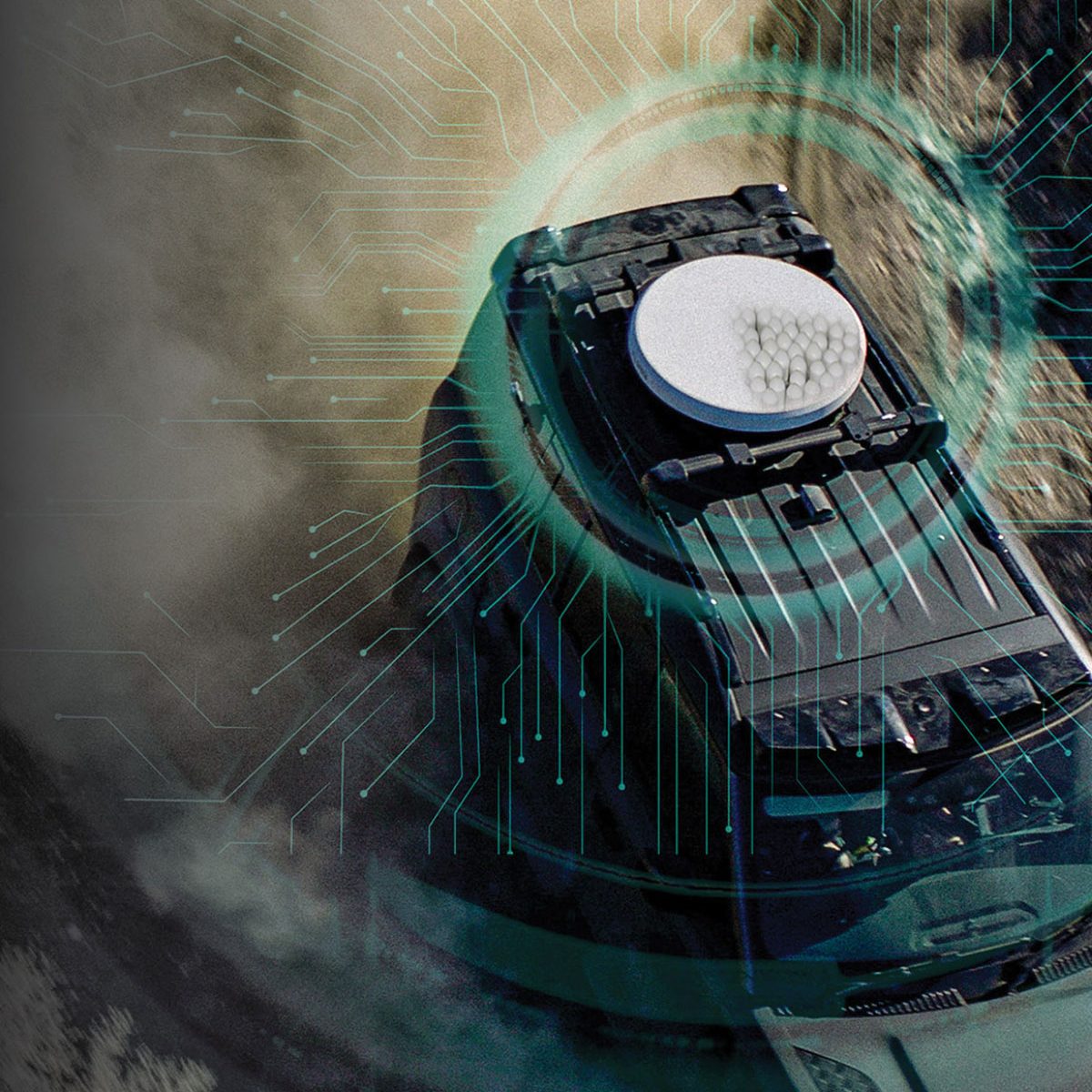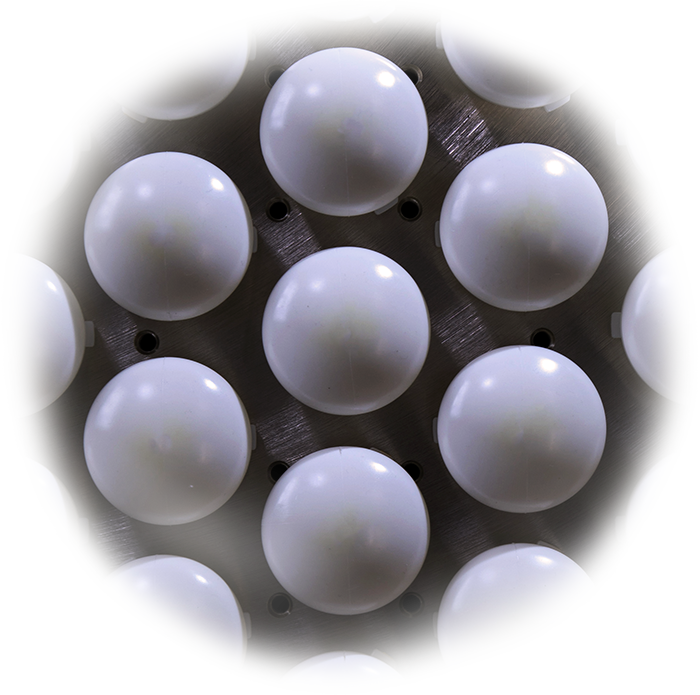Advantages of Digital Beamforming for Mobile SATCOM Terminal Tracking
Technical Brief
Advantages of Digital Beamforming for Mobile SATCOM Terminal Tracking

Overview
Digital beamforming (DBF) is rapidly becoming the standard in high-performance SATCOM user terminals, especially those operating in dynamic, on-the-move environments across land and sea.
Unlike analog beamforming, which relies on phase shifting in RF hardware, digital beamforming processes signals in the digital domain, enabling advanced tracking algorithms, simultaneous multi-beam operation, and significantly faster response times.
These capabilities are critical for resilient SATCOM connectivity in contested and mobile scenarios.
Superior Tracking Through Vector-based Monopulse Technique
High-speed tracking is achieved through digital beamforming, enabling multiple simultaneous measurements of pointing accuracy, known as vector-based monopulse tracking.
Vector-based monopulse tracking is an advanced antenna pointing method that calculates real-time angular error vectors by analyzing simultaneous amplitude and phase differences across the antenna aperture. This technique uses a combination of sum and difference channels from multiple beams to determine how far and in which direction the antenna is misaligned from the target signal source.
Unlike traditional scalar tracking methods, which rely solely on received signal strength indicator (RSSI), sequential beam dithering monopulse tracking provides significantly higher accuracy and speed by simultaneously measuring signal deviations in both azimuth and elevation directions.
Key Advantages of Vector-Based Monopulse Tracking

- Real-time, high-speed pointing error detection and correction without dithering or scanning delays, critical in mobile SATCOM operations.
- Simultaneous angle-of-arrival estimation in both azimuth and elevation.
- 4× or greater tracking responsiveness than scalar RSSI-based methods, used in analog systems.
- Resilience to motion dynamics, enabling robust performance under vibration, heave, pitch, and roll.
Digital beamforming with monopulse (vector-based) tracking provides the high-rate, closed-loop accuracy needed to support resilient SATCOM connectivity in dynamic environments such as mobile command posts and naval operations.
Multi-Beam Advantage for Concurrent Tracking and Communication
Digital beamforming enables multiple simultaneous beams from a single aperture, each with independent control. This is not only ideal for multi-orbit or multi-network operations, but also for decoupling tracking and communication functions:
- One beam can maintain continuous data connectivity.
- Another can be used exclusively for closed-loop tracking or crosslink synchronization.
This architecture eliminates the trade-off between performance and tracking stability, a critical advantage for terminals on fast-moving platforms.
Proven Closed-Loop Tracking in Harsh Motion Profiles
DBF-powered terminals with monopulse tracking have been extensively tested under real-world, high-dynamic environments, demonstrating reliable performance under:
Naval Operations
Land Mobility Profiles
These environments stress any tracking system, but digital beamforming provides the rapid response times needed to maintain connectivity even under extreme conditions.
Closed-Loop Control Enhancements via Digital Processing
The core benefit of DBF is the ability to digitize the received signal at each antenna element, enabling powerful signal processing capabilities:
- High-rate adaptive control loops using precise angle-of-arrival estimation.
- Rapid beam recalibration to counteract structural vibrations, misalignments, and Doppler-induced pointing drift.
- Software-defined flexibility, allowing tracking algorithms to evolve with future waveform or constellation requirements.
Summary of Digital Beamforming Advantages

Conclusion
For modern military and government applications requiring reliable, resilient, and agile SATCOM connectivity in motion, digital beamforming with monopulse tracking is a fundamental enabler. It offers a quantum leap over analog systems in tracking speed, accuracy, and adaptability, with field-proven performance in naval and land mobility scenarios.
As SATCOM terminals evolve to support multi-orbit, multi-network, and contested environments, digital beamforming is no longer a luxury but a mission-critical requirement. ALL.SPACE’s Hydra terminals are based on digital beamforming technology, delivering these advantages in a rugged, field-proven platform for multi-orbit, mobile SATCOM operations.
When combined with a high-gain lens array architecture, ALL.SPACE’s Hydra terminals deliver superior on-the-move performance. Unlike typical phased arrays that suffer gain loss and degraded link quality when scanning off-boresight, the Hydra’s lens-based design maintains full performance across wide scan angles. This ensures consistent connectivity during dynamic movement, making it ideal for demanding mobile operations.